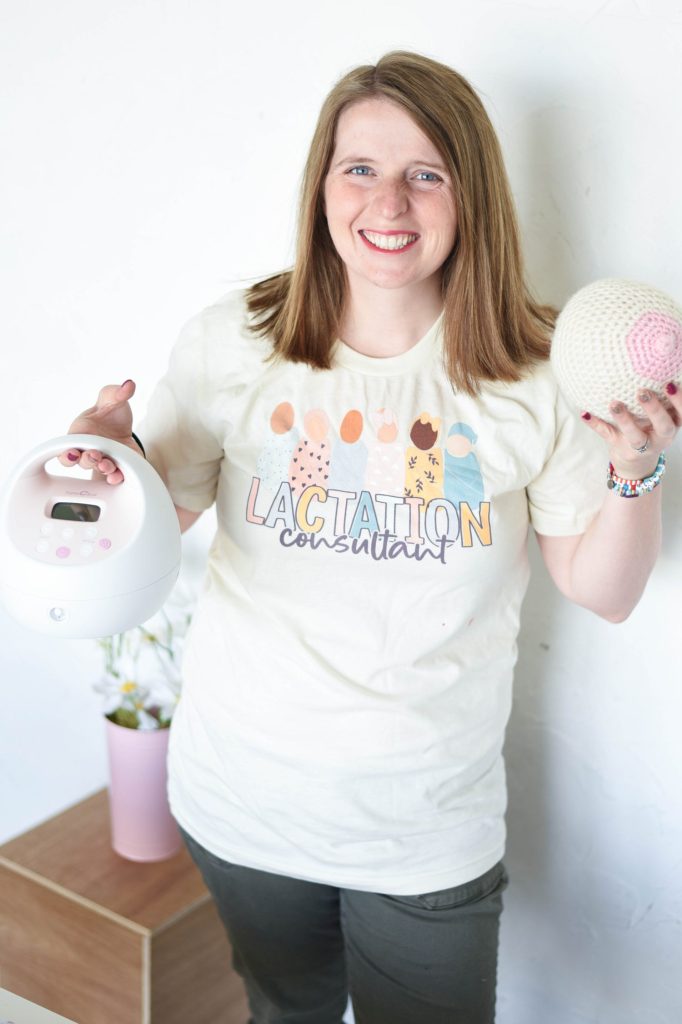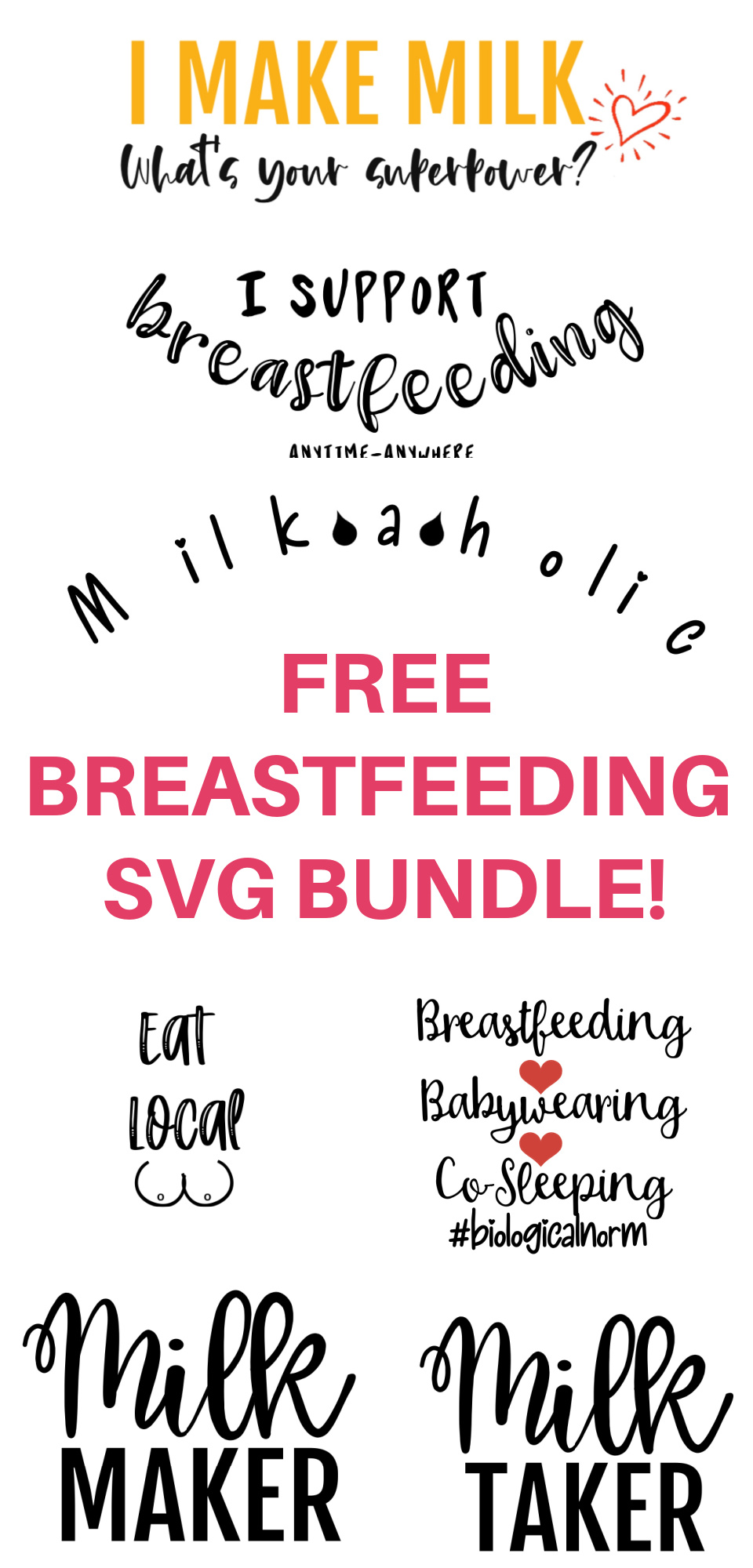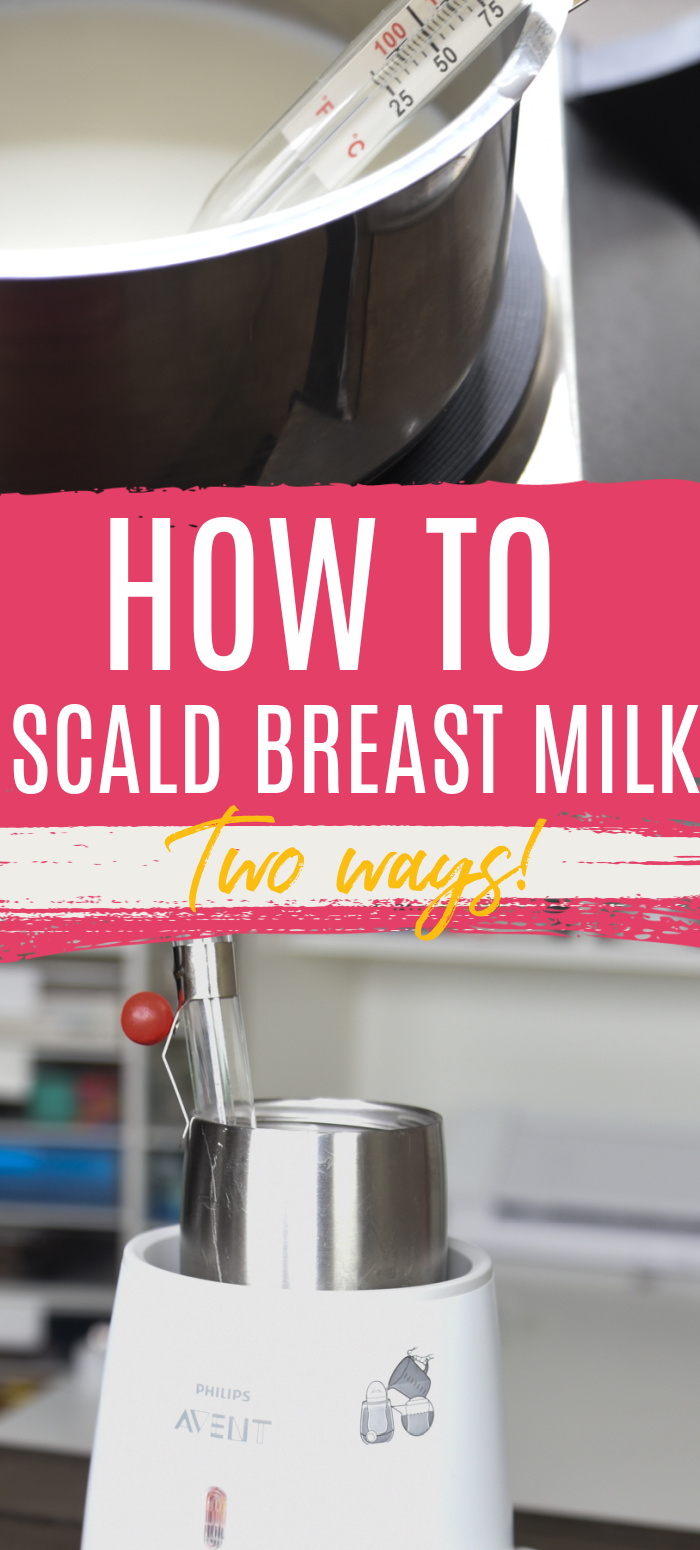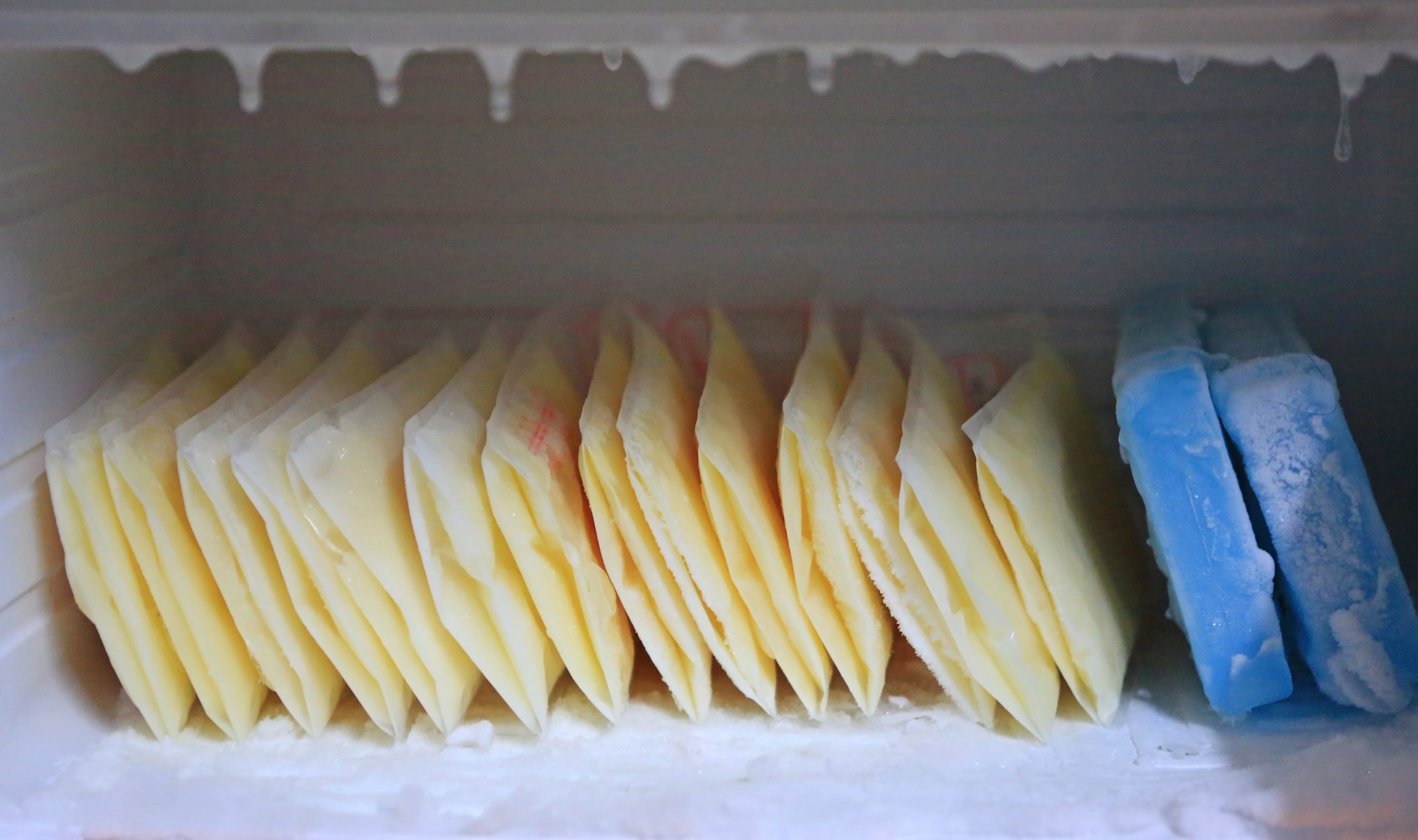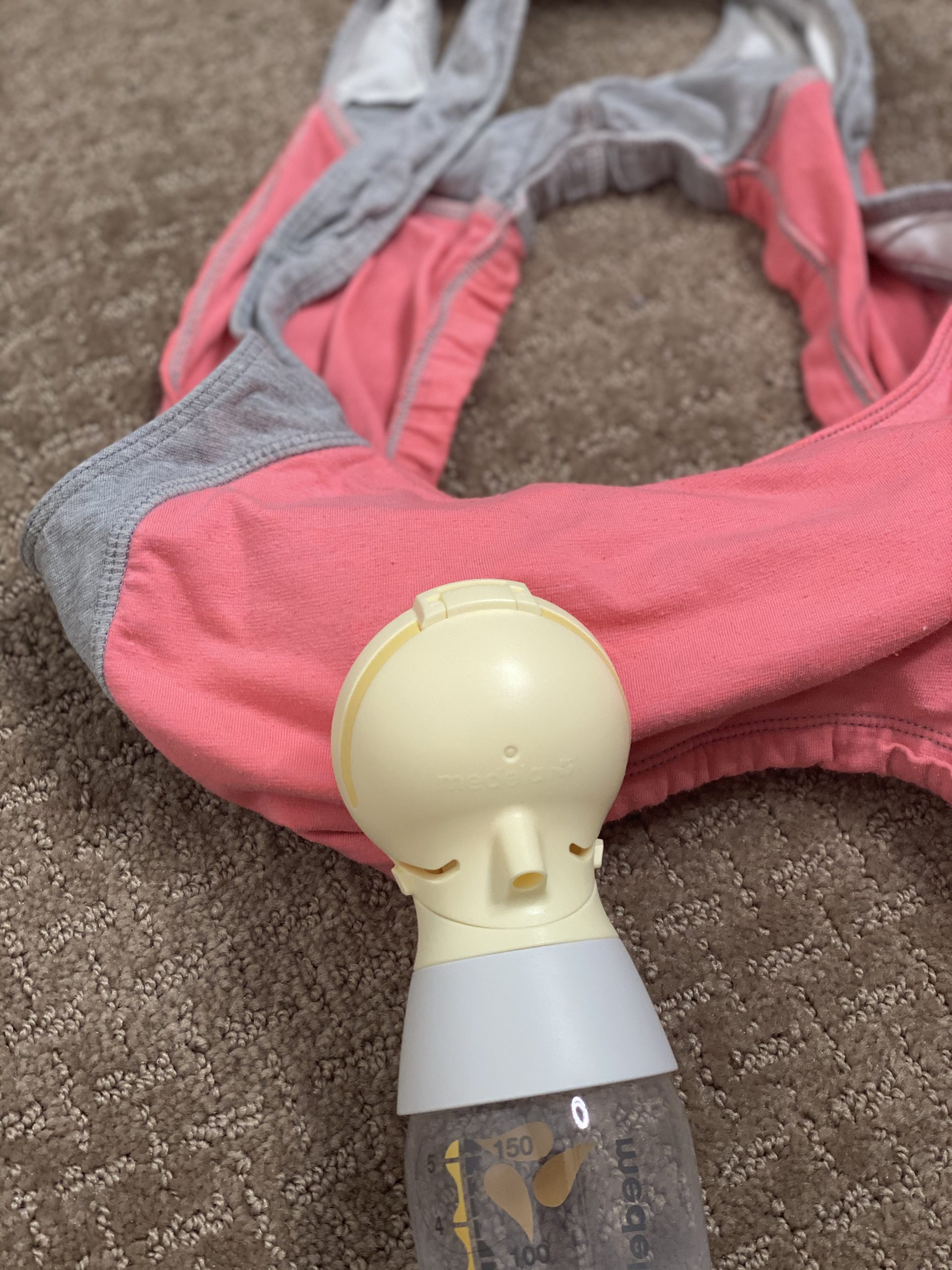As a new mom, you are likely to be using a breast pump for the first time. Here are 25+ tips to help make pumping easier and more comfortable for you. By following these tips, you can make the most of your pumping sessions and get the most milk possible.
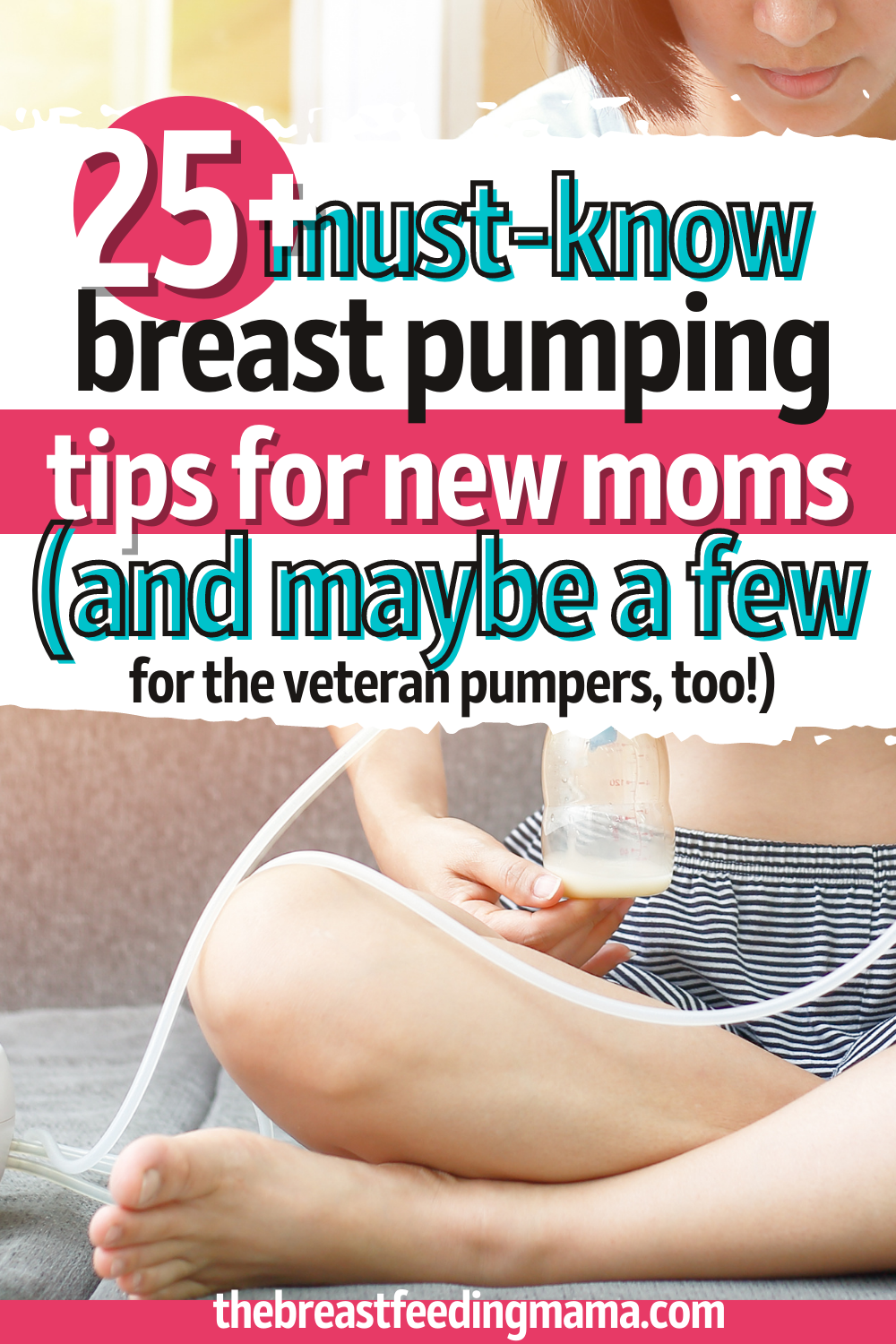
Breast Pump Guide
Pumping can be a difficult and frustrating experience, especially if you are not sure what you are doing.
Pumping is an essential part of breastfeeding for many moms. If you are not getting the milk you need from nursing or experiencing pain and discomfort, pumping can help to make up the difference.
By following these tips, you can make pumping easier and more comfortable for yourself. You will also be able to produce more milk in each session.
Buying Your Pump
There are A LOT of pump options out there – and many of you likely qualify for a free pump through your insurance. You can check out your eligibility and order a pump here if you do qualify.
These are the ones I recommend most:
We have a growing list of pump recommendations you can check out here – be sure to leave a review for the pump you have!
Getting Started with Pumping
Are you new to pumping or just not sure you’re doing it right? Make sure you signup for “Pump like a Pro” – our exclusive online pumping class that moms around the world LOVE. It’s a great way to get tons of information about pumping from the comfort of your home.
Follow the Instructions
This is so important. Even if you have pumped before and are using a new pump – read the instructions and watch a video on YouTube.
While most breast pumps are similar in function, they have minor differences that can make a difference. Learn what the different features are and the terminology for your specific breast pump.
Use a Quality Pump
Look around for reviews on different pumps and see which one you think will work best. Insurance companies are required to provide lactating mothers with breast pumps, so make sure you check with your insurance to see what type of pump they provide. Some companies will give you an option of a couple of different ones, and others have a specific pump (check out your options here).
I used a pump that wasn’t super high quality at one point, and it felt like I would pump forever just to get 1/2 an ounce. However, when I upgraded to a much more powerful pump, it made a world of difference (in my output and in my sanity!)
Consider a Different Pump
If you aren’t having success with a certain kind of pump, consider switching out to a new one. Like I said earlier, all pumps are different and you may respond better to one over another. I know people who switched pumps and doubled (even tripled) their output.
I used a hospital-grade pump for the first while with Oliver, which was very helpful. However, those are SUPER expensive (even to rent), so if you can get by with another pump, I would.
Lots of women I know absolutely RAVE about the Spectra Pumps. There are two versions, but everyone I know who has used one says that they are just as good as hospital-grade pumps, but they are just around $100. There are people who have used these pumps successfully that haven’t been able to pump at all with other pumps. I highly recommend looking into them.
I also really love the Baby Buddha Breast Pump.
Consider using a Hand Pump
Surprisingly, I also really love having a hand pump. It’s nice for using at night, having more control over the suction, etc. I’ve gotten more from a hand pump on occasion than I ever got from an electric. It just takes a lot more work! I use the Medela Harmony Hand Pump.
Pump as Often as Baby eats
If you want to pump exclusively, you need to pump every time (or within a reasonable amount of time) baby eats. Breastfeeding is a supply and demand thing, so if you want to produce the amount of breast milk your baby needs. You can’t expect to pump enough milk for your baby if you are only pumping once or twice a day!
Even if you aren’t pumping exclusively, if you want to maintain your supply, whenever you feed your baby a bottle, make sure you pump!
Set realistic expectations
So, there are a couple different types of moms who pump. Moms who breastfeed full-time and will occasionally pump for an extra bottle. Moms who try to breastfeed full time but may have to supplement with their breast milk. Moms who breastfeed when they are home but have to go back to work and pump during that time. And then there are the warrior mamas who pump day and night for their babes.
If you are breastfeeding full time, don’t expect to pump ounces and ounces of breast milk when you pump. For one, if you did do this, it may indicate an oversupply, which isn’t as wonderful as it may sound. According to Kelly Mom, women who pump upon breastfeeding full-time can typically pump between .5 and 2 ounces after a breastfeeding session.
Double Pump
If you just are planning to pump every now and then, you’ll probably be okay with a single electric pump – however, if you pump a lot, it will be easier to double pump.
With that said, some moms find a decrease in output when double pumping, so if you fall into that category, you may want a breast pump that allows you to single or double pump.
Parallel Pump
Triple feeding can be HARD (where you nurse, pump, and then feed a supplement. Or just nurse and pump). Parallel pumping can be helpful!
Collection Cups
Have you ever heard of the milkies collection cups? They are so cool. They are little shields you can wear that collect milk that drips while you are pumping or nursing on one side. When I would collect this milk, I would sometimes get over an ounce! Every little bit of milk counts.
I have also heard wonderful things about the Haakaa suction pump. It’s only $15, but it works by using suction. Just put it on the other breast while you nurse, and let it work its magic!
Don’t get discouraged
Pumping is something you have to practice at. There are lots of techniques involved in getting more milk out (quickly). I’ll talk about that in a bit, but don’t feel discouraged if you struggle at first!
Your Supply May Regulate
Something I see a lot of women talking about is when they get concerned that their supply is dropping. This is very common to happen after about the first six weeks of a baby’s life when a supply is getting regulated. Some women may go from pumping several ounces after a few to very little. This is NOT indicative of your supply.
More than likely, it’s just a sign that your body is regulated to your baby’s needs. Of course, if you find that you aren’t pumping enough to meet your baby’s needs, you could consider pumping an additional time or do power pumping. I’ll talk about a few different ways to optimize supply at the end.
Make yourself comfortable
You don’t want pumping to be a horrible experience that you dread every time you do it. Yes, it may not seem as loving and warm as breastfeeding your baby, but it can be a good experience.
Put some nice music on (white noise is always a favorite of mine), sit in a comfortable rocking chair, fill up a glass with ice, cold water, and just make your pumping time a time to relax. If you are using a hands-free pumping bra, you can even bring a book or magazine in!
Consider a Hands-Free Setup
Hands-free pumping is VERY popular these days – and for good reason!
Have a routine
Make pumping a part of your daily schedule so it doesn’t seem so cumbersome. Invest in a breast pump car adapter for your car so you can pump on the go (or just bring a manual breast pump with you places.) If you know in advance what your schedule is going to be, it will be easier to do.
How Long to Pump for
I typically try and pump for about 10 minutes or for at least two letdowns. However, this will vary depending on who you are. Some women may pump for five minutes and get a ton and others may have to pump for 15 minutes or more. You may need to experiment to see what works best for you. Even if you pump dry for a little bit, it can signal to your body that you may need to produce more (only do this if you really do need to increase your supply!)
Don’t Pump if You Don’t Have To
After being in some different breastfeeding groups, I’ve found that people are quite proud of their breast milk supply. I’d be lying if I didn’t say I like having a nice little stash of my own. However, if you don’t need to pump milk regularly, you don’t have to. I pumped three times with Jack. THREE.
And if I don’t have to pump, I don’t. Even if you are going back to work, my lactation consultant would always tell everyone to put the pump down until about four weeks postpartum and just enjoy your baby. I mean, in my case, I didn’t have much of a choice and had to pump for awhile. However, if you don’t have to, don’t stress about it. You don’t really need a huge stockpile of breast milk! With Jack, I probably had three ounces in my freezer.
Some people think that if you are really engorged you should pump. However, it is often a better idea to just hand express to comfort. If your baby doesn’t need to eat then, and you pump, it’s just signaling to your body that you still need milk at that time, which you may not.
If you find yourself with an excess of milk you’ve pumped, consider becoming a donor to a milk bank!
Get Encouragement
Attend lactation support groups (La Leche League is awesome). Make sure your pediatrician is breastfeeding-friendly. Find an amazing IBCLC. Join a breastfeeding support group on Facebook or BabyCenter.
There are groups on both those sites that are created specifically for exclusive pumpers (here is the BabyCenter group). If you want to feed your baby breast milk, and if breastfeeding straight from the breast isn’t always an option – you can do it. Surround yourself with those that support you.
Surround yourself that encourage you and uplift you on your pumping journey! It makes a huge difference.
Optimizing Output
Remind yourself of baby
If you aren’t with your baby when you are pumping, it can make it a lot harder for some women to produce the hormones that stimulate breast milk production. If you are working, you may be far away from your baby! Here are a few suggestions to help you feel closer to your baby as you pump:
- Put a blanket that they use or an outfit around your neck as you pump so you can smell their scent
- Look at pictures or videos of your baby
- If your caregiver allows it, request to be on video chat with your baby as you pump!
Lean forward
I have found that when I’m leaning back in a chair, I don’t pump as much. I think by leaning forward, milk flows a little better. However, I know this can be super uncomfortable to just sit straight up and forward. That’s one of the reasons why I like the Avent Comfort Double Pump specifically. It’s designed to allow you to sit in a more relaxed, reclined position and still help produce milk.
Relax
Stress can seriously impact your supply! I honestly believe one of the reasons Oliver was having trouble getting milk for awhile was because of the stress I was put under (but that’s a whole other story.) Do you very best to try and eliminate all stress in your life, especially when you are pumping. Pump in a quiet room away from all distractions.
Pump an hour after breastfeeding
If you pump immediately following your breastfeeding session, you likely won’t get a lot. Your breasts won’t be as full so a letdown won’t happen as easily. I found that pumping 30 minutes to an hour after I pumped (and at least an hour before the next time I breastfeed) helps me to pump more milk.
Some people worry about doing a pumping session to close to when you will breastfeed. I try to make sure I don’t pump within an hour of when I’m going to nurse, mainly because Oliver is a big fan of getting milk right away (and sometimes if I’ve pumped too close, letdown takes too long.) However, it is a myth that your breasts are ever empty. They aren’t! Milk is constantly being produced – it sometimes just takes more time than others to draw that milk out. But the good news is, you’ll likely be producing some nice hindmilk when you pump or breastfeed more frequently!
Breast Massage and Compressions
There is a great video that talks about hands-on pumping – it basically is a way to use your hands to help draw more milk out of the breast. Breast massage before and during pumping, along with compressions, can help to increase milk flow and help increase the amount of hindmilk that is drawn out. This video shows a little bit about breast massage, and this article talks a bit about it as well.
Breast compressions are helpful to help get milk flowing. I used this a lot when Oliver was having trouble transferring milk, but it helps with pumping as well. You can find out more about breast compression here.
Change out parts
There are many parts to a pump, and they often wear out pretty quickly. I recommend changing the membranes in the pump every month if you use it every day. Most pump parts are available on Amazon! This is one for the first things I would do if milk output went down.
Power Pumping
When a breastfed baby is going through a growth spurt, they will often want to eat more frequently (which will obviously signal your body to produce more milk.) Power pumping basically mimics a growth spurt. The IBCLC I used to see would say that you’re placing an order for milk when you do this, and it will come in within 24-72 hours. If you are having supply issues, this is a great option.
Here is more information on power pumping.
Pump extra in the morning
Prolactin levels are highest in the morning, especially early morning (we’re talking 2-3 AM.) I always pump twice in the morning that I do in the afternoon. I know a lot of women that will still pump once during the night even when their baby is sleeping through the night just because they get so much more.
Decrease time between pumps
From everything I’ve read, it’s more effective to pump closer together for shorter periods of time rather than increase the time between pumps and increase how long you pump. Plus, the more frequently you pump, the emptier your breasts will be which typically results in more fatty hindmilk!
Tips to Save your Sanity
Try different size flanges
In my experience, most moms aren’t using the right flange size. Rarely do I see someone that needs a 24 of 27, which is what usually comes with pumps.
The best thing you can do for your pumping journey is get the right sized flange! Here are some great flange fitting resources.
Use a Haakaa
Silicone suction pumps (most often the Haakaa) are SUPER popular. These can be great for getting a little bit extra milk. Be aware that they DO stimulate the breast, so they can potentially cause an oversupply. But many moms find these to be the best way to get extra milk easily.
Pumping Bra
I promise a pumping bra will make life so much easier for you! Here is a list of our favorite pumping bras.
Freeze in 2-3 ounces
While it might be tempting to want to fill up an entire breast milk storage bag with breast milk, sometimes it’s better to just freeze them in the amounts that your baby will eat them. Then you can take them out as you need them and not worry about using up extra if you defrosted too much.
We personally love the MyMilk Trays by Souper Cube. They allow you to freeze milk in 1-ounce increments, it works so well. You can use the code breastfeedingmama10 for 10% off.
Ceres Chill
The Ceres Chill is a MUST-have for moms who are pumping. It makes it so much easier to pool milk and pump more efficiently. Here is our full review – Ceres Chill Review + Coupon: A Pumping Mama’s Best Friend. You can use the code TBM15 for 15% off.
Put everything in the refrigerator
Something that I learned that made pumping so much easier was that I didn’t have to wash and sanitize the parts every time I pumped! You can actually put everything in the refrigerator, and it will be okay to use later that day. I would recommend washing and sanitizing at the end of the day. I really liked having a bottle sanitizer or a breast pump parts sanitizing bag, just to make sure there were no bacteria left over to get into the liquid gold!
Kiinde Breast Milk Pump Storage Kit
I love this system! They are bags that you pump directly into. I always am a little bit sad at the remnant of breast milk that always seems to stay behind in the bottles when I pump. By using the Kiinde bags, you don’t have to worry about losing any of that precious breast milk. You can also attach a nipple to them and feed directly from the bag!
Pump water out of the tubing
One of the most annoying parts of a pump to clean is the tubing! The little water droplets are tricky to get out. What I do is hang them up to dry overnight and then the next day, I attach them to the breast pump and turn it on with just the tubing attached. I let it run for about five to ten minutes, and it pumps out all the extra water droplets!
Guidelines on Storing Breastmilk
Remember – you can combine different pumps together! Just make sure they are at the same temperature before doing so. You can also refreeze breast milk, so long as you can see ice crystals in the milk.
Make sure you transfer breast milk to containers using clean, sterile hands. Do not reuse breast milk storage bags. You want to make sure you get all excess air out of the bags! A lot of women like to freeze the bags by laying them flat in the freezer as it makes it easier to store later.
Here are a few more articles that might be helpful on storage:
- 7 Best Reusable Storage Containers for Breast milk
- 11 Best Breast Milk Storage Bags – Mom-Approved
- The Best Breastmilk Freezer Storage Ideas All New Parents Need to Know!
- Breast Milk Storage Guidelines: Tips and Tricks for Success
- Can I Refreeze my breast milk?
We hope that this was helpful! Be sure to let us know what your best tips for pumping are in the comments below!

